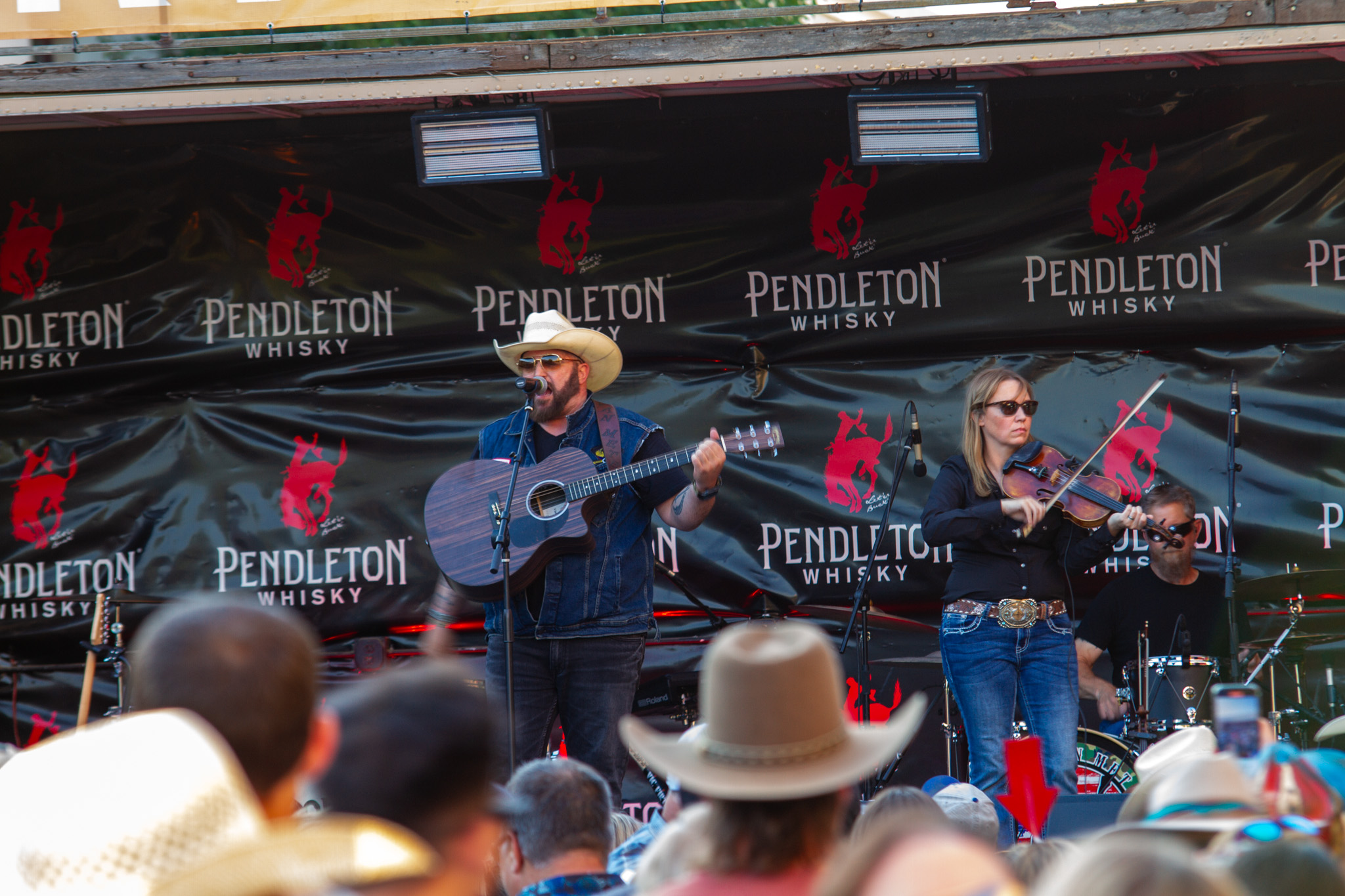$220 million Oregon wildfire bill progresses despite ‘defensible space’ fears
Published 11:00 am Wednesday, June 23, 2021
SALEM — A far-reaching bill aimed at reducing Oregon’s wildfire risks has passed a key budget-setting committee despite fears it could impose excessive restrictions on rural areas.
The Joint Ways and Means Committee voted 14-9 to approve Senate Bill 762 with a do-pass recommendation Tuesday, June 22, clearing the $220 million proposal for a vote on the Senate floor with just days to go in the 2021 legislative session.
Trending
The legislation has several components, such as developing a wildfire risk map, updating building codes and improving forest resiliency, but provisions related to establishing standards for “defensible space” next to houses have proven among the most controversial.
Critics say SB 762 has an overly broad definition of “wildland-urban interface” that could subject a vast amount of the rural landscape to expensive and unsightly vegetation removal requirements.
The entire reason people move out to the woods is to be surrounded by trees and other vegetation, said Sen. Fred Girod, R-Stayton. “How many of you want to have nothing around your house for 35 feet or more?”
The new requirements could add another $50,000 to $100,000 to the cost of a home when people are already struggling to obtain permits to rebuild after last year’s wildfires, he said. “Every obstacle known to God and man is put before these people so they can’t rebuild.”
Opponents claim SB 762 hasn’t received enough vetting in light of its sweeping nature, particularly since a recent amendment was passed without testimony from the public.
“We are changing land use, we are impacting building, we are changing codes. We are all over the place with this bill and you’ve had about 20 people who’ve testified on this bill in one hearing in the Senate,” said Rep. Christine Drazan, R-Canby.
Trending
While most objections to SB 762 came from Republicans during recent hearings, some Democrats also registered misgivings about the bill.
Sen. Betsy Johnson, D-Scappoose, said she was concerned about the paucity of public testimony and the expansive “wildland-urban interface” definition, though she ultimately voted to approve the bill for a vote on the Senate floor.
Johnson noted her family owns a home in the woods of Central Oregon.
“I’ll be damned before I cut down any of the trees around that house,” she said.
The bill’s defenders said the alarm about severe “defensible space” requirements and the “wildland-urban interface” definition were misguided because the specifics would be refined during agency rule-making.
Areas within the wildland-urban interface will be categorized according to risk classifications and won’t face blanket restrictions, said Rep. Tina Kotek, D-Portland.
“You have to be in the wildland-urban interface and in a certain risk level for certain things to apply,” she said. “Let’s not forget that.”
Homeowners whose property was destroyed in last year’s wildfires won’t be subject to the restrictions and have an “expedited path to rebuilding” under other legislation, she said.
Rep. Jeff Golden, D-Ashland, said only the “extreme” and “high risk” classes within the wildland-urban interface would face regulation under SB 762.
It would be “vanishingly rare” for homes in agricultural areas to come under such restrictions, he said. Homes subject to regulation won’t face “cookie-cutter” restrictions but would undergo property-specific consultation.
The “dystopian image” of a clear-cut “scorched earth” landscape is not what the bill aims to accomplish, though some landowners will face requirements they don’t like, Golden said.
“The defensible space is the crux of this. There is no more important element,” he said.










